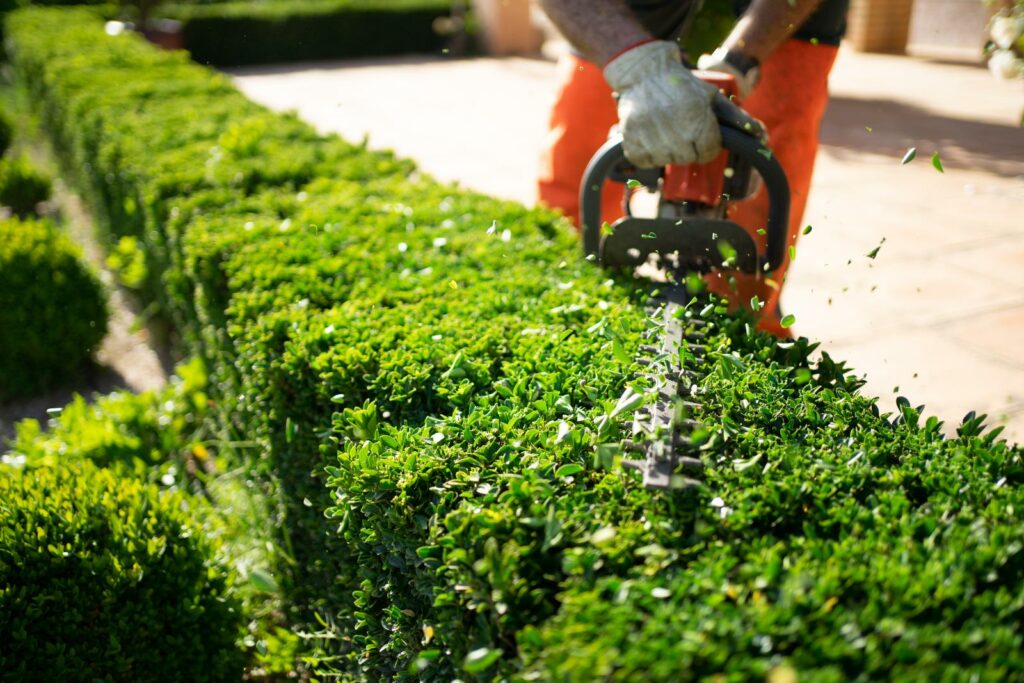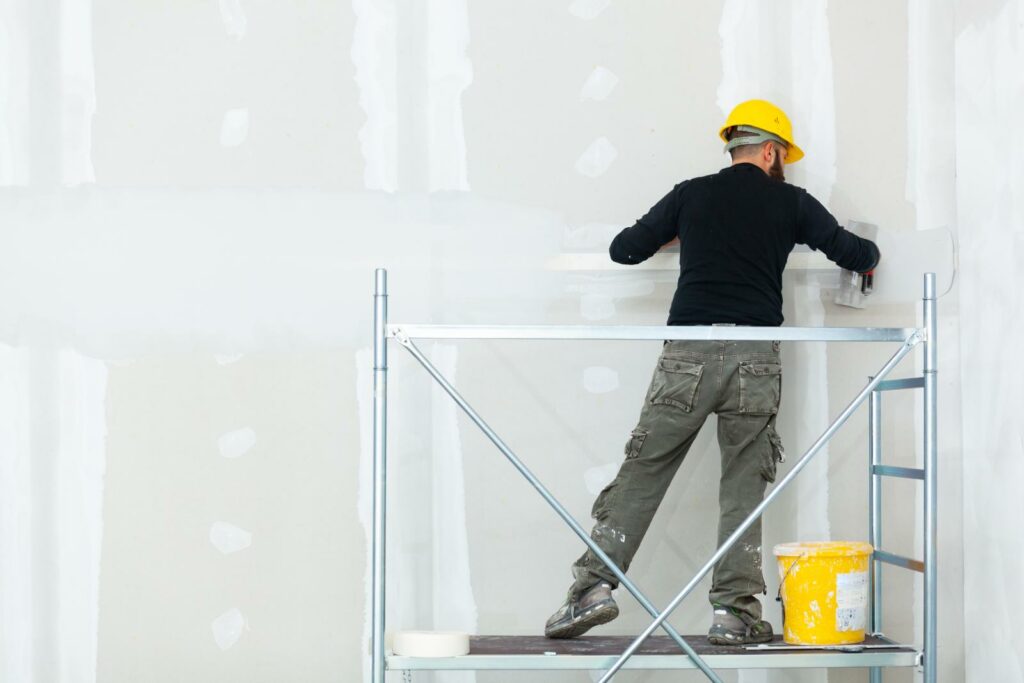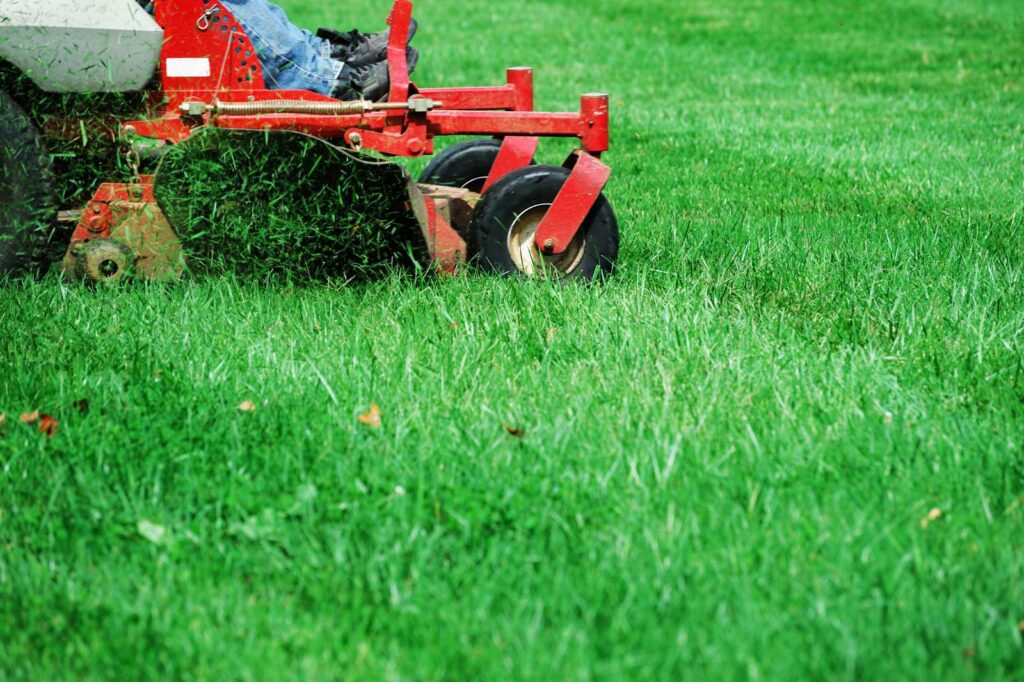Contents
Did you know that specific types of wall anchors are designed to support different weights and loads, helping to prevent future drywall holes? By understanding the importance of selecting the right anchors and distributing weight evenly, you can greatly reduce the risk of damaging your walls. But that’s not all; there are a few more key strategies you should consider implementing to guarantee the longevity of your drywall. Stay tuned for essential tips to help you maintain your walls’ integrity and prevent those pesky holes from appearing.
Key Takeaways
- Properly anchor heavy items to prevent wall damage.
- Use appropriate drywall anchors for weight support.
- Avoid over-tightening screws to prevent holes.
- Install corner guards for added protection.
- Promptly repair any holes to prevent further damage.
Properly Anchors for Heavy Items
To prevent future drywall holes, make sure heavy items are securely anchored using appropriate wall anchors. When wall-mounting heavy objects, it’s important to consider load distribution to avoid potential damage to your walls.
Wall mounting involves attaching items to the wall, distributing the weight evenly to prevent strain on a specific area. Proper load distribution is vital to maintain the integrity of the drywall and prevent holes or structural damage.
When selecting wall anchors for heavy items, opt for anchors that can support the object’s weight. Different wall anchors have varying weight capacities, so make sure you choose anchors that can handle the load of the item you intend to mount. This step is essential in preventing future drywall holes caused by anchors that can’t support the weight of the object.
Before mounting heavy items, locate the wall studs using a stud finder. Attaching heavy items to studs provides more stability and support compared to mounting them directly onto drywall. If studs aren’t in the ideal location for your wall mounting needs, consider using anchors designed for drywall that can support the weight of the item.
Use Drywall Anchors
When it comes to hanging heavy items on drywall, using the right type of anchors is essential to prevent future holes.
Different anchor types, such as plastic expansion anchors or toggle bolts, offer varying levels of support for your objects.
Proper installation techniques, like pre-drilling holes and using a screwdriver or drill to secure the anchor, secure a stronghold that protects your drywall from damage.
Anchor Types
Consider using drywall anchors to secure heavier items to your walls effectively and prevent future drywall holes. When selecting anchor types, be mindful of the weight limits each anchor can support. There are various options available, including plastic expansion anchors, winged plastic anchors, threaded drywall anchors, and toggle bolts. Plastic expansion anchors are suitable for lighter items, while toggle bolts can hold heavier objects.
Proper installation is vital to guarantee the anchors hold securely. Common mistakes to avoid include not choosing the right anchor for the weight of the item, not drilling a pilot hole before inserting the anchor, and over-tightening the anchor, which can cause damage to the drywall. By understanding the weight limits of different anchor types and following proper installation techniques, you can effectively secure items to your walls without causing unnecessary damage.
Make sure to select the appropriate anchor for the weight of the object you intend to hang to prevent future drywall holes.
Installation Techniques
To ensure proper installation techniques when using drywall anchors, make sure that you select the appropriate anchor type based on the weight of the item you intend to hang on your walls. Drywall anchors come in various sizes and weight capacities, so it’s important to match the anchor’s specifications with the load it will bear.
When installing drywall anchors, make sure the surface preparation is thorough. Smooth out any imperfections and apply joint compound if needed to create a flat and even base for anchoring.
For best results, consider the paint finish and moisture resistance of the drywall anchors. Some anchors are designed to withstand moisture better than others, so if you’re hanging items in areas prone to humidity or dampness, opt for anchors with higher moisture resistance.
Proper installation techniques ensure the stability of your wall fixtures and contribute to your space’s overall aesthetic appeal. By paying attention to these details, you can prevent future drywall holes and enjoy a secure and well-finished setup.
Avoid Over Tightening Screws
Be cautious not to overtighten screws when securing drywall to prevent potential damage, such as cracking or warping. When screws are tightened excessively, they can sink too far into the drywall, causing the paper face to tear or compress the core excessively, leading to cracks and compromised structural integrity.
To make sure you are not over-tightening screws, consider using a screw gun with an adjustable clutch. This feature allows you to set the depth to which the screw will be driven, reducing the risk of damaging the drywall. Additionally, practicing with scrap drywall before working on the actual installation can help you get a feel for the correct tightness needed.
Below is a table summarizing the potential consequences of over-tightening screws and ways to prevent them:
| Potential Damage | Prevention Methods |
|---|---|
| Cracking of drywall | Use a screw gun with an adjustable clutch. |
| Warping of drywall | Practice on scrap drywall to gauge proper tightness. |
Protect Corners With Guards
When securing drywall, it’s important to protect corners with guards to prevent damage and maintain the structural integrity of the installation. Corner protection is essential because corners are vulnerable to impact and can easily be damaged if not properly reinforced.
Wall guards, also known as corner guards, are typically made of materials like metal, plastic, or rubber and are designed to shield the corners from accidental bumps, scrapes, and dents.
To install wall guards, start by measuring the height of the corner where you plan to place the guard. Cut the guard to the appropriate length using a saw if needed. Next, use screws or adhesive to secure the guard in place. Make sure it fits snugly and covers the entire corner to provide maximum protection.
Wall guards are particularly useful in high-traffic areas or places where furniture is moved frequently.
Not only do wall guards protect corners from damage, but they also enhance the appearance of the room by creating clean, sharp lines. They’re available in various colors and finishes to match your decor, making them a practical and aesthetically pleasing solution.
Repair Holes Promptly
Address any drywall holes promptly to prevent further damage and maintain the integrity of your walls. By acting swiftly, you can prevent small holes from turning into larger, more costly repairs. When it comes to repairing holes in your drywall, you can employ various patching techniques to restore your walls seamlessly. Here are some effective methods to patch up those unsightly holes:
| Patching Techniques | Preventative Measures |
|---|---|
| Spackling Compound | Use corner guards to protect vulnerable areas |
| Self-Adhesive Patch | Regularly inspect walls for signs of damage |
| Mesh Drywall Tape | Avoid hanging heavy items directly on the walls |
| Drywall Patch Kit | Apply a fresh coat of paint to cover up repairs |
| Aluminum Patch | Keep an eye out for humidity and moisture issues |
After patching up the hole, consider applying paint touch-ups to blend the repaired area with the rest of the wall seamlessly. This not only improves the aesthetics but also acts as an additional protective layer. To prevent future holes, reinforce vulnerable spots with corner guards and practice hole prevention by using proper techniques when hanging items. By addressing holes promptly and taking preventative measures, you can ensure the longevity and appearance of your walls.
Inspect Walls for Damage
Promptly inspect your walls for any signs of damage to catch potential issues early and prevent further deterioration. Wall inspection is an essential part of maintaining the integrity of your drywall.
Begin by visually examining each wall for any visible cracks, holes, or water stains. These could indicate underlying problems that need immediate attention. Run your hand along the walls to feel for any unusual textures or bulges that might suggest hidden damage.
Additionally, pay close attention to areas near door frames, windows, and corners, as these are common spots for wear and tear. Use a flashlight to check for any shadows or irregularities that could signal structural issues.
Look out for peeling paint, as this could be a sign of moisture problems that may lead to more significant damage over time.
Regular wall inspection, coupled with proactive maintenance tips, such as fixing small cracks and holes promptly, can help prevent the need for extensive repairs down the line.
Be Cautious With Furniture Placement
Exercise caution when positioning furniture against your walls to avoid causing damage to your drywall. Improper furniture placement can lead to scrapes, scratches, and even holes in your walls, requiring touch-ups or repairs that disturb the aesthetic of your space.
To prevent such damage, consider the following tips.
When placing furniture against your walls, be mindful of the type of wall paint you have. Some paints are more prone to chipping or scuffing, especially with frequent contact. To safeguard your walls, place protective pads on the back of furniture pieces that may come into direct contact with the wall. These pads act as a buffer, reducing the impact on the wall and preserving the paint finish.
Moreover, consider rug placement beneath furniture items that could potentially damage your walls. Rugs add style and comfort to your space and provide a protective layer between furniture legs and the wall. Make sure that the rug is appropriately sized to accommodate all furniture legs, preventing them from scraping against the walls when moved.
Install Doorstops
To further safeguard your walls from damage caused by doors, consider installing doorstops in strategic locations throughout your home. Doorstops are simple yet effective tools that can prevent doorknobs from hitting your walls and creating unsightly holes or dents. By taking this precautionary measure, you can maintain the integrity of your walls and save yourself from future repair costs.
When it comes to doorstops, there are various types to choose from based on your preferences and needs. Here are some common types of doorstops:
| Types of Doorstops | Description |
|---|---|
| Rigid doorstops | Mounted on the wall or floor, providing a sturdy barrier for the door. |
| Spring doorstops | Absorb the impact of the door using a spring mechanism. |
| Magnetic doorstops | Use magnets to hold the door in place when open. |
| Hinge pin doorstops | Attached to the door hinge, preventing the door from swinging too far. |
| Floor-mounted doorstops | Installed on the floor and stop the door at a specific point. |
If you enjoy do-it-yourself projects, there are also DIY doorstop projects that you can undertake to customize doorstops to match your home’s decor or style. These projects can be both fun and functional, allowing you to add a personal touch to your doorstops while protecting your walls.
Seek Professional Help if Needed
If you encounter drywall issues that seem beyond your expertise, seek professional help for a thorough assessment. A professional’s insight can provide invaluable benefits, ensuring the problem is correctly diagnosed and effectively addressed.
Expert guidance and skillful repair assistance can make a significant difference in preventing future drywall holes.
Professional Assessment Benefits
Consider enlisting the expertise of a professional to thoroughly assess any drywall issues you may have, guaranteeing a comprehensive understanding of the necessary solutions. Seeking professional help can provide valuable insights and guidance, especially when dealing with complex drywall problems. Here are some benefits of getting a professional assessment:
Accurate Diagnosis: Professionals can pinpoint the root cause of the drywall issues, preventing unnecessary repairs.
Tailored Solutions: Experts can recommend customized solutions based on the specific conditions of your walls.
Preventive Strategies: Professionals can suggest preventive measures to avoid future drywall problems effectively.
Quality Assurance: By relying on expert opinions, you ensure that the repairs are done correctly, reducing the risk of recurring issues.
Taking this step can save you time, money, and frustration, ultimately leading to a more durable and aesthetically pleasing drywall finish.
Expert Guidance Essential
Seeking expert guidance is essential to resolving drywall issues effectively and efficiently, guaranteeing a lasting solution customized to your specific needs.
When faced with persistent drywall problems, it’s vital to seek professional advice to address the root cause and implement appropriate preventative measures. Expert advice can help you understand the underlying issues leading to frequent drywall holes, whether it’s due to structural problems, improper installation, or environmental factors.
By consulting with professionals experienced in drywall repair and maintenance, you gain access to specialized knowledge that can guide you in preventing future issues. These experts can offer personalized solutions based on your unique situation, recommending strategies to reinforce your drywall and minimize the risk of holes appearing again.
Additionally, they can provide insights on best practices for maintaining your drywall integrity over time.
Incorporating expert guidance into your drywall care routine not only enhances the longevity of your walls but also saves you time, money, and frustration in the long run. Trusting in professional expertise ensures that you receive thorough support in tackling drywall challenges effectively.
Skillful Repair Assistance
For skilled repair assistance with your drywall issues, don’t hesitate to contact professional experts for the best solutions customized to your specific needs.
When it comes to fixing drywall holes, seeking professional help guarantees a flawless finish and long-lasting results. Here are some reasons why professional assistance might be the best option for you:
Specialized Expertise: Professional drywall repair specialists have the knowledge and skills to handle any size or type of hole efficiently.
Advanced Tools and Techniques: Experts utilize specialized tools and techniques to guarantee a smooth repair job that blends in perfectly with your existing drywall.
Time and Cost Efficiency: While DIY techniques can be cost-effective, professional assistance can save you time and potentially prevent further damage, ultimately saving you money in the long run.
Customized Solutions: Professional repair services offer personalized solutions tailored to your specific needs, ensuring a high-quality finish that meets your expectations.
Final Thoughts
By following these effective tips for preventing future drywall holes, you can maintain the integrity of your walls and avoid unnecessary damage. Remember to anchor heavy items securely, use appropriate wall anchors, protect corners with guards, repair holes promptly, inspect walls for damage, be cautious with furniture placement, install doorstops, and seek professional help if needed.
With these preventative measures in place, you can guarantee the longevity and durability of your drywall.




